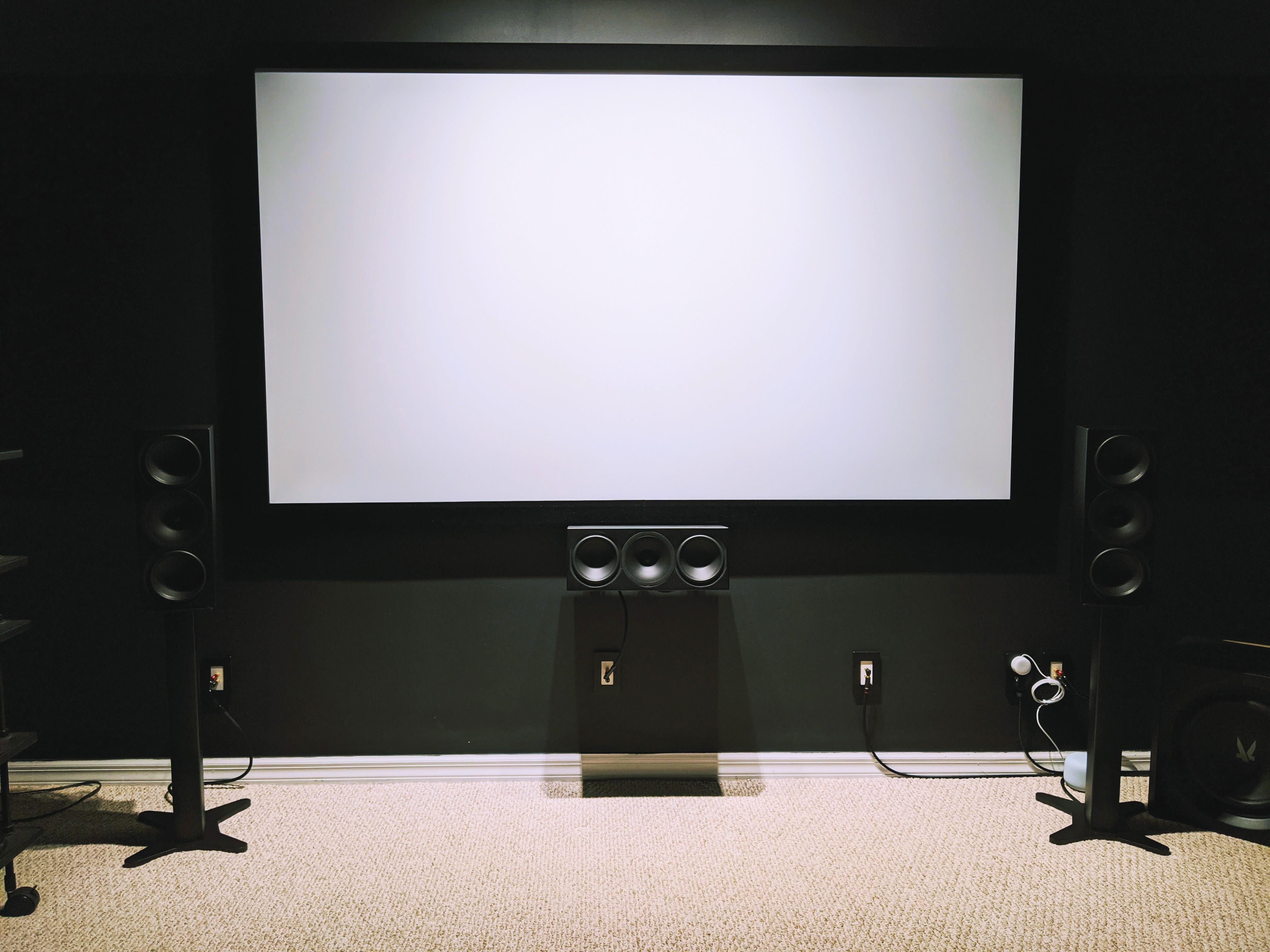MTM Design as Center Channel – Should I Be Worried?
Article summary - TL;DR
- The MTM design for center channels offers consistent sound and timbre across all speakers.
- Horizontally mounted center channels can deliver the same quality as left and right speakers without raising the screen.
- Adding a dedicated midrange driver to a center channel compromises output and dynamics.
- Listening position matters; most listeners enjoy the experience outside of the 'sweet spot'.
- Enhance your audio-visual setup with the 1528 Center 8 for optimal dialogue clarity and immersive sound.
From time to time there is concern online about the MTM design as a center channel. Like any speaker, there are benefits and compromises. Let’s go over why we chose the tried and true MTM design for our center channels.

The Ideal
An ideal center channel will have the same driver layout and orientation as the front left and right speakers. This is because the frequency response will be perfectly identical across all three speakers. But, as a compromise, you would have to raise your screen as well as deal with the not-so-great looks of a vertical center channel.
In the horizontal position, the center channel naturally tucks under your screen. Till about 20% off-axis It will basically sound identical to the left and right monitor speakers. Above that, the difference is so subtle any perceived differences could be a cognitive bias.
Keeping the same speaker for the front three-channel will ensure the same timbre and dynamic capabilities.
Still, Why Not Add a Dedicated Midrange Driver?
Well, doing so would lower the output and dynamics of the center channel. Sure, the speaker would measure better, but it wouldn’t sound the same as the left/right channels. That is a compromise that we aren’t really comfortable with.
How Big Is Your Bubble?
We all know that the MLP is the single best seat in your room for critical listening. Be that as it may, most family and friends aren’t critical listeners and have no problem sitting outside of the sweet spot. In fact, sitting too close to the front left/right channel has a much larger impact on the immersive experience. Hopefully, this puts a new perspective on MTM design concerns.
Alternatives
If the off-axis response is very crucial to you, you could use our bookshelf variants or use the center in the vertical orientation.
Frequently asked questions
What is the MTM design in center channel speakers?
The MTM (Midwoofer-Tweeter-Midwoofer) design features two midwoofers on either side of a tweeter. This arrangement helps maintain a consistent sound profile across multiple seating positions.
Why is the MTM design chosen for Arendal Sound's center channels?
The MTM design aligns the driver layout with left and right speakers, ensuring a unified frequency response and timbre across all three channels, enhancing the listening experience.
Can a dedicated midrange driver improve sound quality in center channels?
While a dedicated midrange driver could measure better, it would lower output and dynamics, making the center channel sound different from left and right speakers—an unacceptable compromise for us.
How does the MTM design perform off-axis?
The MTM design maintains sound quality up to about 20% off-axis. Beyond that, differences are often subtle and could be influenced by cognitive bias.
What if off-axis response is very important to me?
If off-axis performance is crucial, you might consider our bookshelf speakers or use the center channel in a vertical orientation to better suit your setup.
Does the position of the center channel affect audio quality?
Yes, positioning the center channel horizontally under your screen helps maintain audio coherence with front speakers, making it visually and sonically effective.
What is the main listening position (MLP) and its importance?
The main listening position is the ideal spot for critical listening. However, most listeners sit outside of this area, where the MTM design still provides a fulfilling audio experience.








